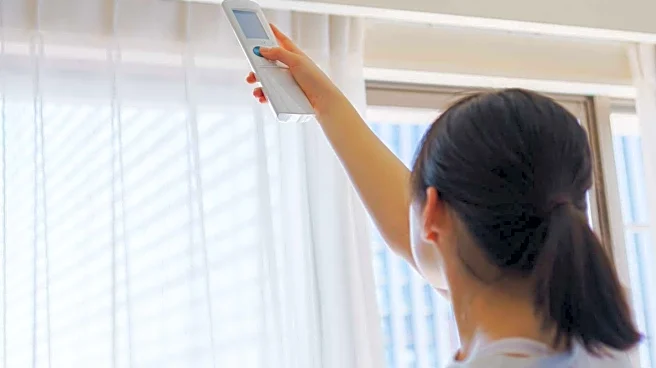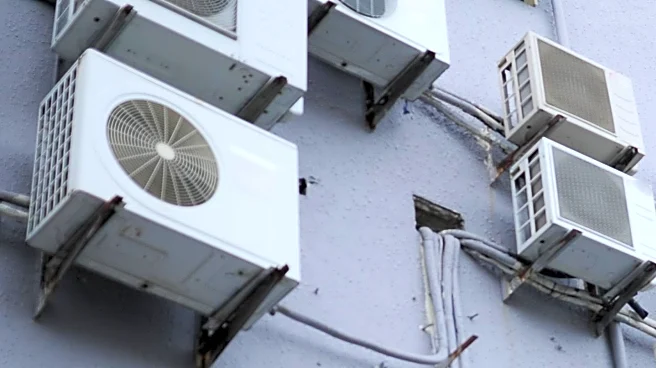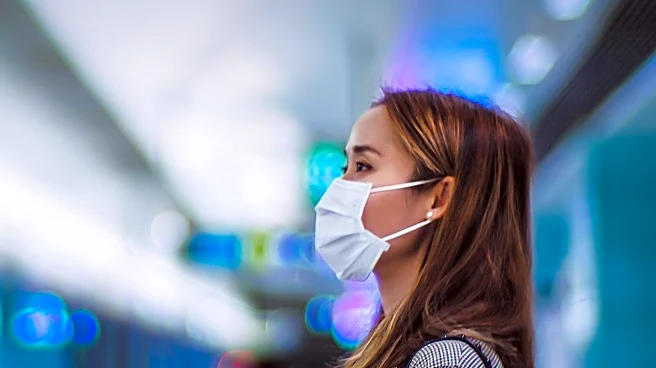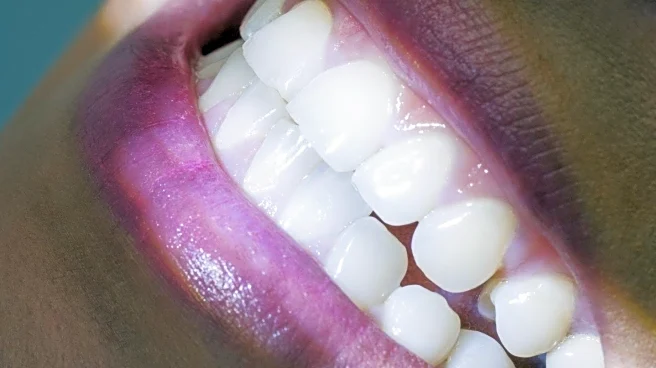What's Happening?
A study conducted by the University of Colorado Boulder has demonstrated that UV light can quickly inactivate airborne allergens, offering a potential new tool for allergy management. Researchers used 222-nanometer-wavelength UV lights, which are considered safe for occupied spaces, to treat allergens in a sealed chamber. The study found that after 30 minutes of exposure, airborne allergen levels decreased by about 20% to 25%. The UV light alters the structure of allergen proteins, preventing the immune system from recognizing them and triggering allergic reactions. This method could complement existing allergen reduction strategies, such as vacuuming and air filtration, which are often difficult to maintain long-term.
Why It's Important?
The research offers a promising new approach to managing allergies, which affect one in three adults and children in the United States. By reducing airborne allergens, UV light treatment could help prevent asthma attacks, which are often triggered by allergens and result in significant health risks. This technology could be particularly beneficial in environments with high allergen exposure, such as homes with pets or workplaces with frequent allergen presence. The findings may lead to the development of portable UV devices for personal use, providing relief for allergy sufferers and potentially reducing healthcare costs associated with allergy-related conditions.
What's Next?
The study suggests potential commercial applications for UV222 lights in allergy management. Companies may develop portable versions for use in homes, schools, and workplaces. Further research is needed to optimize the technology for different environments and allergen types. Regulatory bodies may need to establish guidelines for safe UV light exposure to prevent potential risks, such as ozone production. The findings could also prompt discussions on integrating UV light systems into building designs for improved indoor air quality.
Beyond the Headlines
The use of UV light for allergen management raises ethical considerations regarding safety and environmental impact. Long-term studies may explore the effects of UV exposure on human health and ecosystems. The research could influence public health policies on allergy prevention and management, potentially leading to new standards for indoor air quality. The findings may also contribute to broader discussions on innovative approaches to health and wellness, challenging traditional methods of allergen control.













